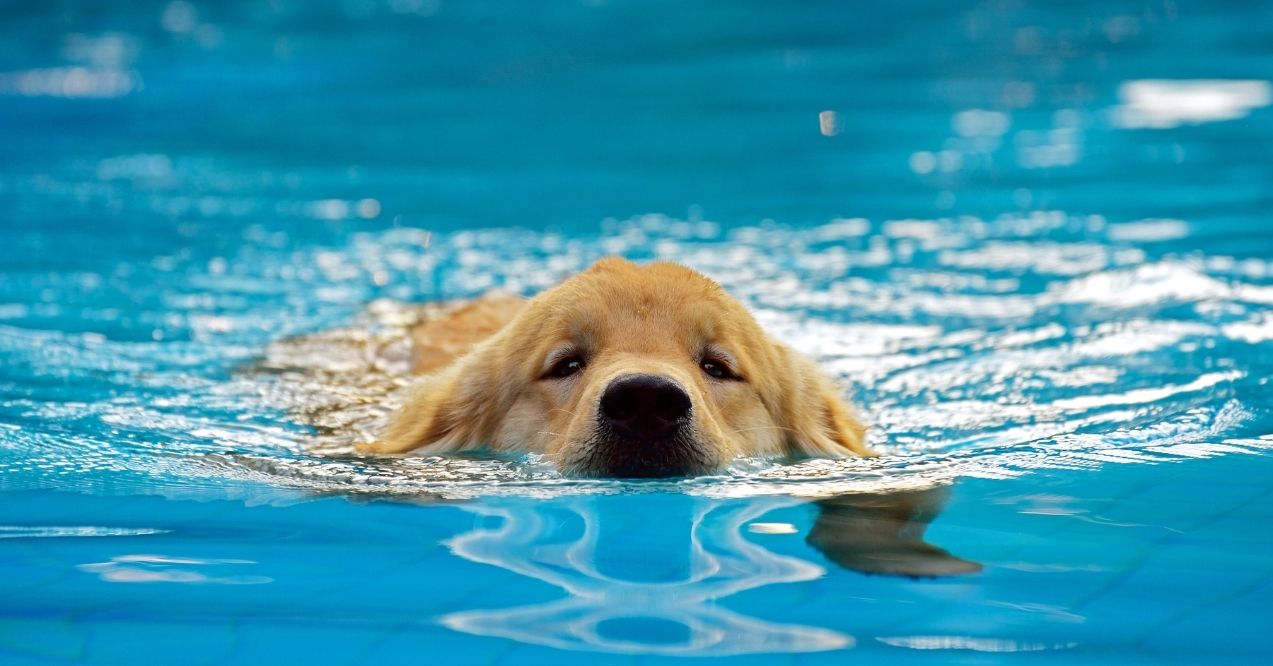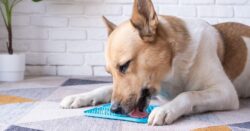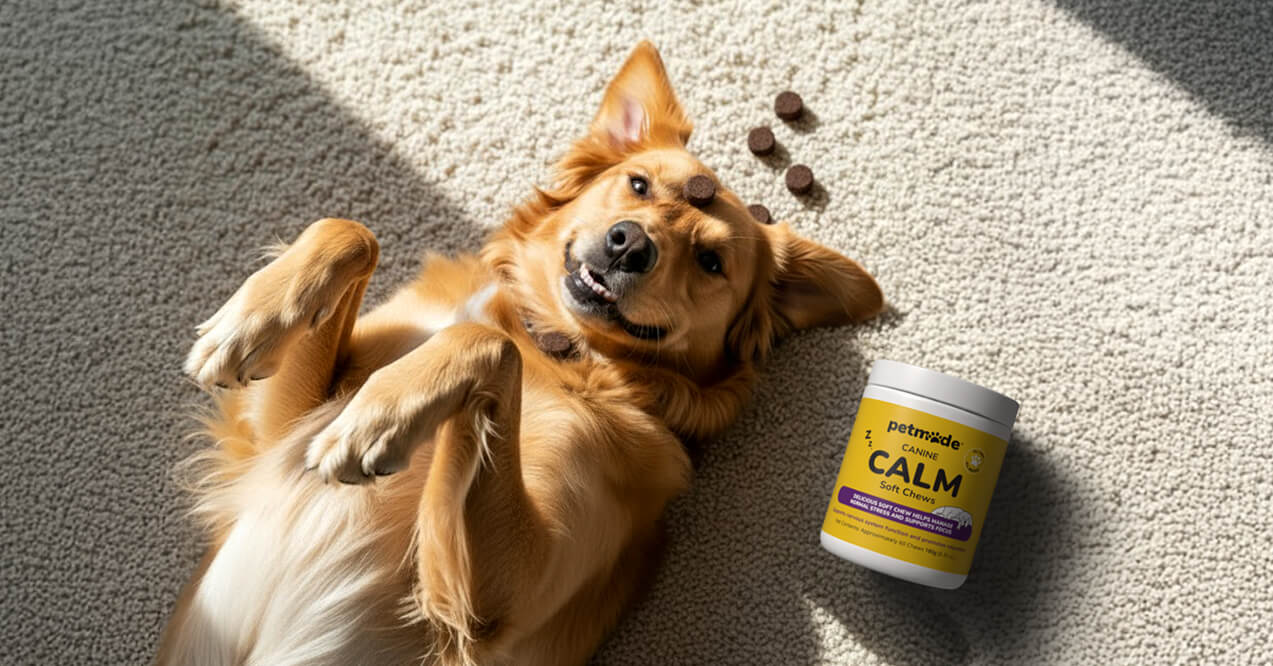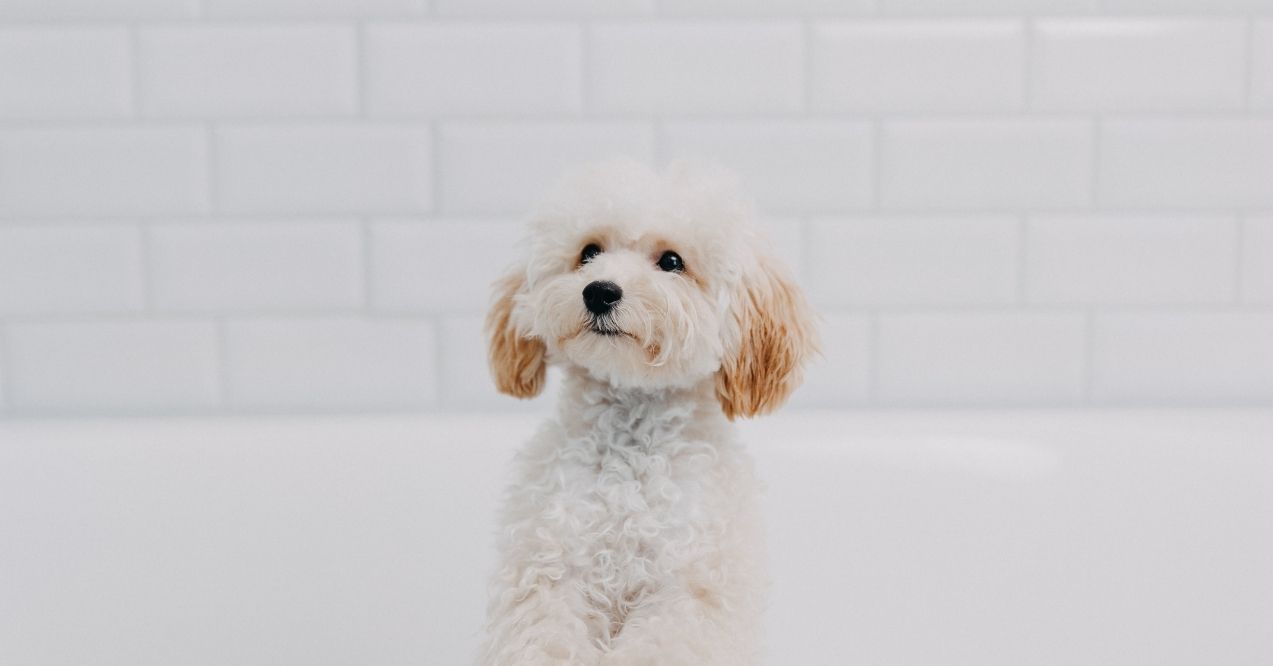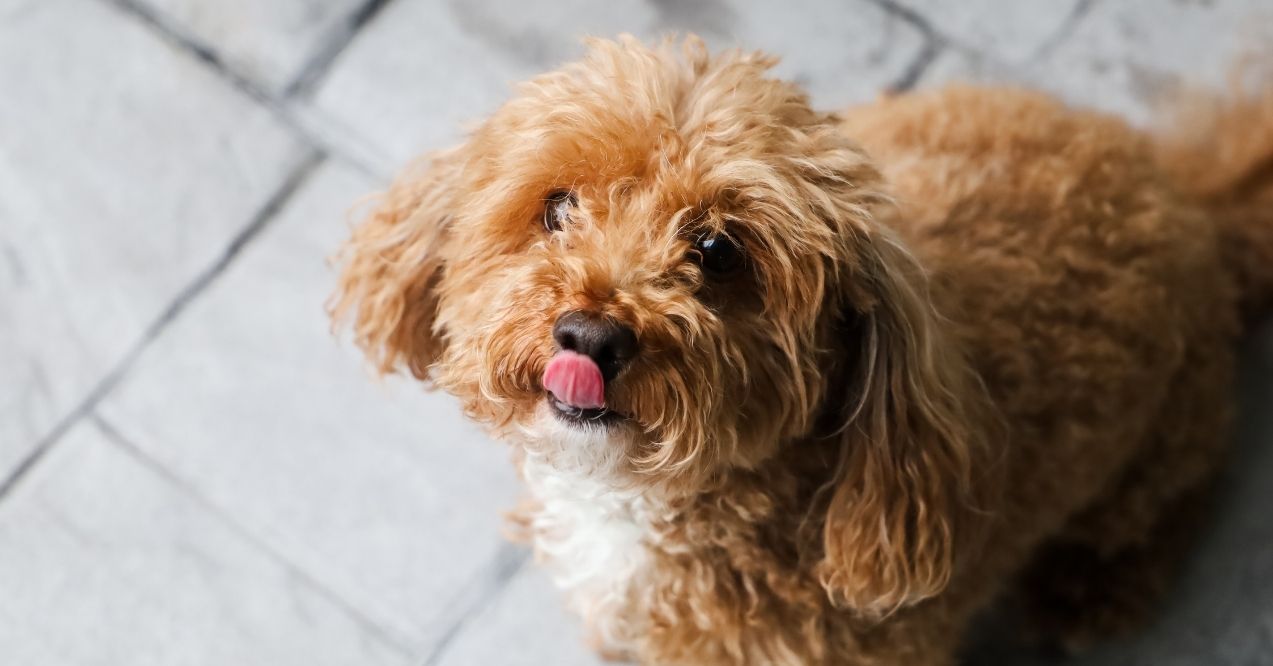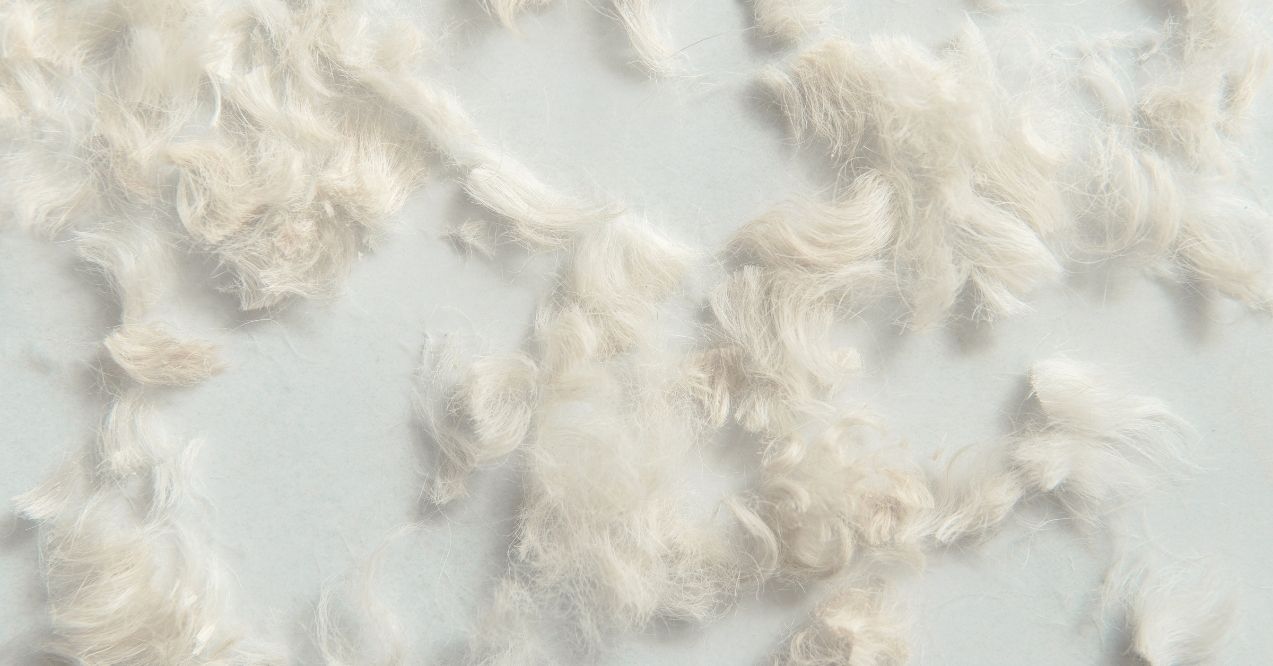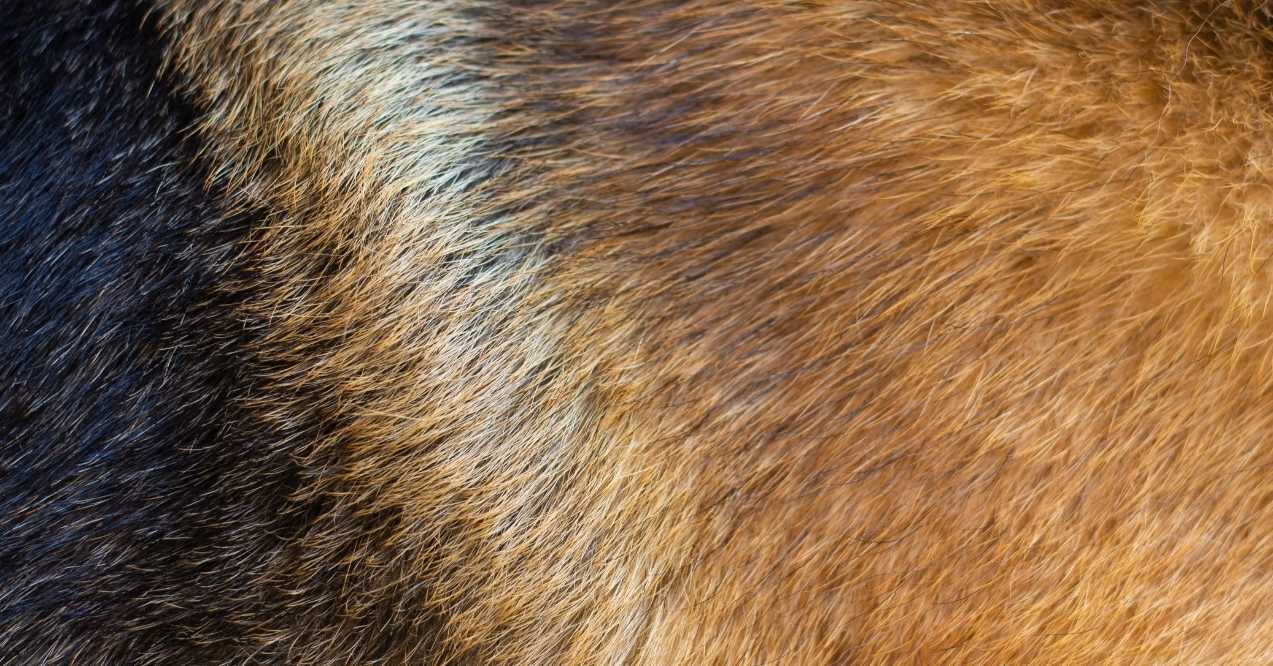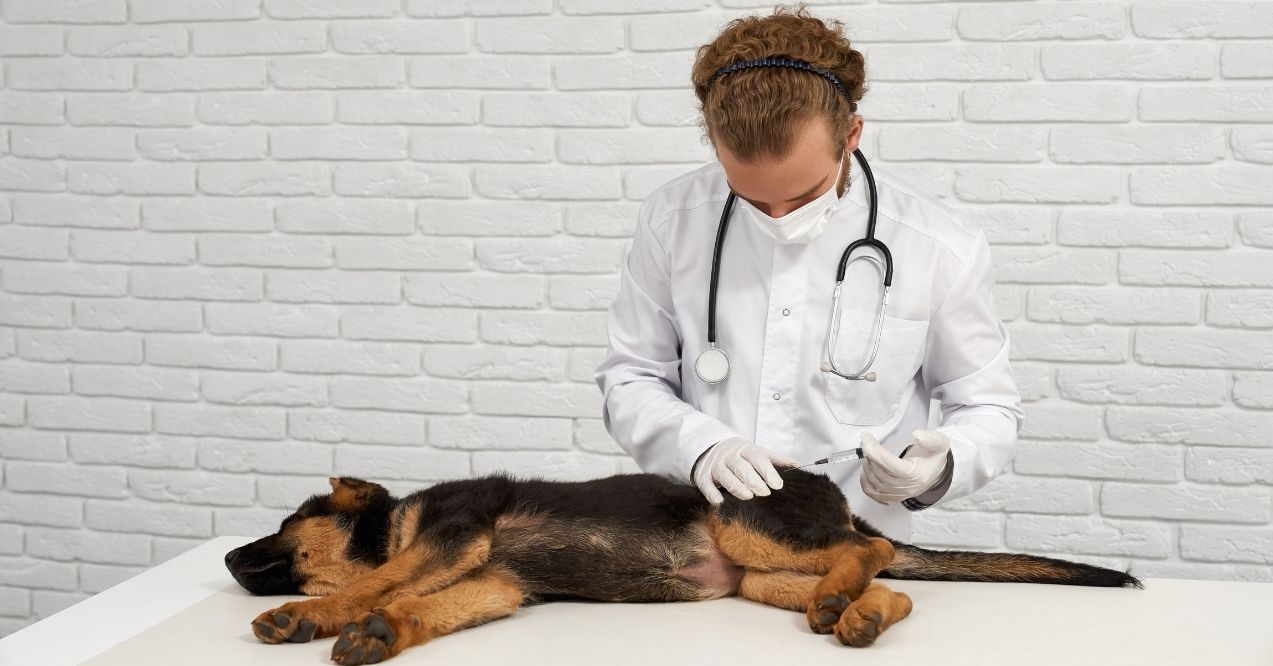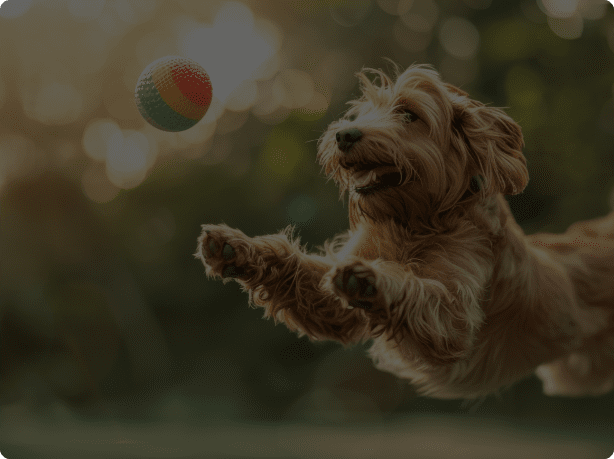How Much Exercise Does a Golden Retriever Need?
Golden Retrievers bound into our lives with wagging tails and endless enthusiasm, quickly becoming beloved family members. These playful companions are known for their exceptional energy levels, sociable nature, and impressive intelligence. Understanding how much exercise does a golden retriever need goes far beyond simply taking daily walks around the block. As one of America’s most popular breeds, golden retriever breed information points to their background as hunting dogs, explaining their natural drive for activity and purpose.
Proper exercise isn’t just about burning energy – it directly impacts their behavior, supports overall wellness, and helps maintain healthy mobility throughout their lives. In this guide, we’ll share practical advice tailored to your Golden’s specific age, energy level, and living environment to keep your furry friend happy, healthy, and thriving.
Golden Retriever Exercise Requirements at a Glance
Golden Retrievers are naturally energetic companions who need regular activity to stay mentally and physically balanced. While individual energy levels can vary significantly from dog to dog, understanding the general golden retriever exercise requirements for each life stage provides a helpful starting point for owners.
Age Group Daily Exercise Needs Notes Puppy (2-6 months) 10-30 minutes (based on 5-min/month rule) Split into 2-3 short sessions; focus on gentle play and brief training Puppy (6-12 months) 30-60 minutes Gradually increase duration as joints develop; avoid high-impact activities Adult (1-7 years) 60-90+ minutes Mix of walking, swimming, fetch, and mental stimulation; most active life stage Senior (8+ years) 30-60 minutes, low impact Shorter, gentler sessions; focus on maintaining mobility and comfort
Golden Retriever Exercise by Age
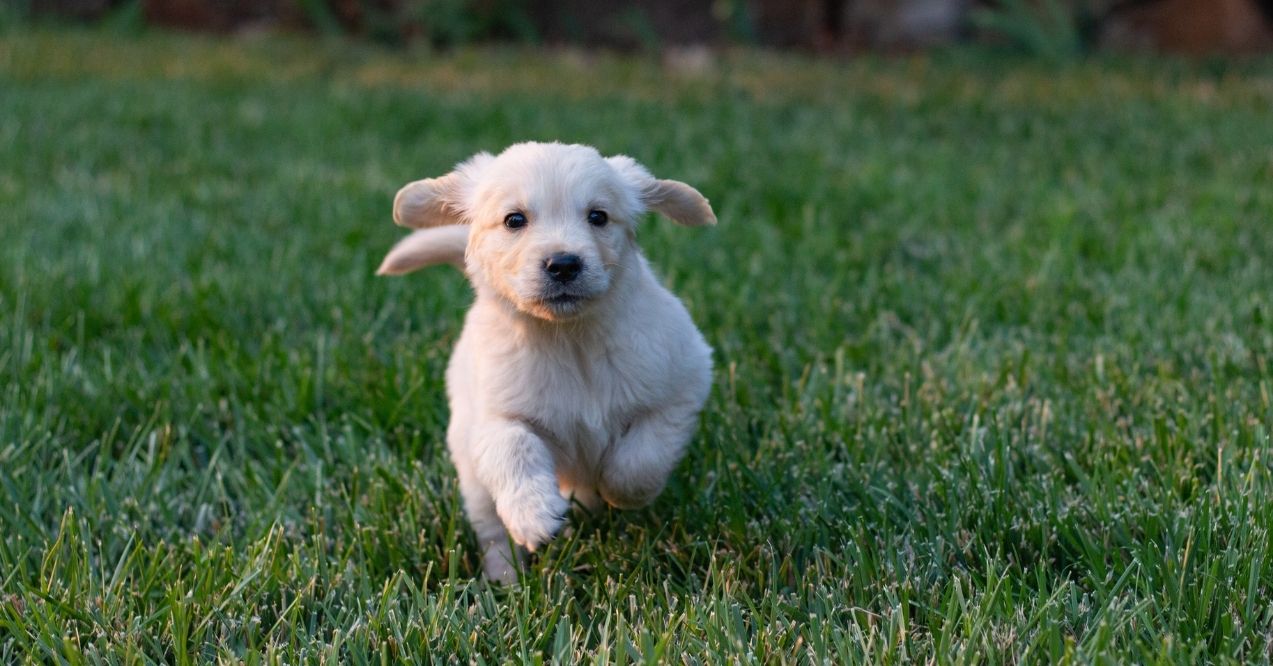
Understanding how much exercise does a golden retriever need requires recognizing that activity requirements evolve dramatically throughout their lifespan. From bouncy puppies to dignified seniors, each life stage demands thoughtful adjustments to keep your Golden happy, healthy, and appropriately challenged.
Puppies
Golden Retriever puppies are bundles of energy, but their developing bodies need protection. From 8 weeks to 12 months, follow the 5-minute-per-month rule – a 3-month-old puppy needs about 15 minutes of formal exercise per session, with a maximum of 2-3 sessions daily. Golden retriever exercise by age is particularly crucial during puppyhood when bone and joint development is ongoing.
Puppy exercise guidelines:
- Follow the 5-minute-per-month rule (3 months = 15 minutes per session)
- Prioritize gentle play on soft surfaces like grass
- Include plenty of rest periods between activities
- Avoid forced running, jumping from heights, or long walks
- Focus on short, enriching play sessions and basic training games
- Use puppy-proofed playpens for safe independent exploration
Adults
The prime years from 1 to 7 are when golden retriever exercise needs reach their peak. Most healthy adult Goldens thrive with 60-90 minutes of daily activity, ideally split into morning and evening sessions. This breed excels with variety: structured on-leash walks for discipline, off-leash running in secure areas for cardiovascular health, swimming for full-body conditioning, and training games for mental stimulation.
Ideal adult exercise routine:
- 60-90 minutes daily, split into 2-3 sessions
- Mix of walking, running, swimming, and fetch
- Include 15-20 minutes of mental stimulation daily
- Balanced routine: morning walk, midday training, evening play
- Challenge with new environments and activities to prevent boredom
Seniors
As Golden Retrievers enter their golden years (typically 8+), exercise remains vital but requires thoughtful modification. Many seniors benefit from 30-60 minutes of gentle daily activity split into shorter sessions. For those wondering how to strengthen old dogs hind legs, swimming offers excellent low-impact exercise without stressing aging joints.
Senior exercise adaptations:
- 30-60 minutes daily, divided into shorter 10-15 minute sessions
- Swimming for low-impact strengthening of hind legs
- Casual tossing games instead of intense fetch
- Leisurely sniffing walks rather than brisk exercise
- Monitor for signs of fatigue: excessive panting, lagging behind, or reluctance
- Adjust duration based on your dog’s individual mobility and energy level
Physical vs. Mental Exercise
Golden Retrievers need a balanced approach to exercise that engages both body and mind for optimal wellbeing. The right mix prevents behavior issues while nurturing their natural intelligence.
Physical Exercise Alone Isn’t Enough
Golden Retrievers aren’t just athletic – they’re highly intelligent working dogs with active minds that need regular engagement. Golden retriever activity level alone often leaves this breed mentally understimulated, potentially leading to problem behaviors despite being physically tired.
Watch for warning signs like excessive chewing on furniture, nuisance barking, restless pacing, digging, or difficulty settling down even after lengthy walks. These behaviors typically indicate a Golden whose mind needs more productive challenges, not necessarily more physical activity.
Simple Brain Games
Mental exercise is just as vital as physical activity for a well-balanced Golden Retriever:
- DIY snuffle mats where your dog can forage for kibble or treats
- Hide-and-seek games with favorite toys or family members
- Treat-dispensing puzzle toys that require problem-solving
- “Find it” games using scent work principles
- Regular training sessions with new commands or tricks
- Rotating toys to maintain novelty and interest.
Breed-Specific Favorites
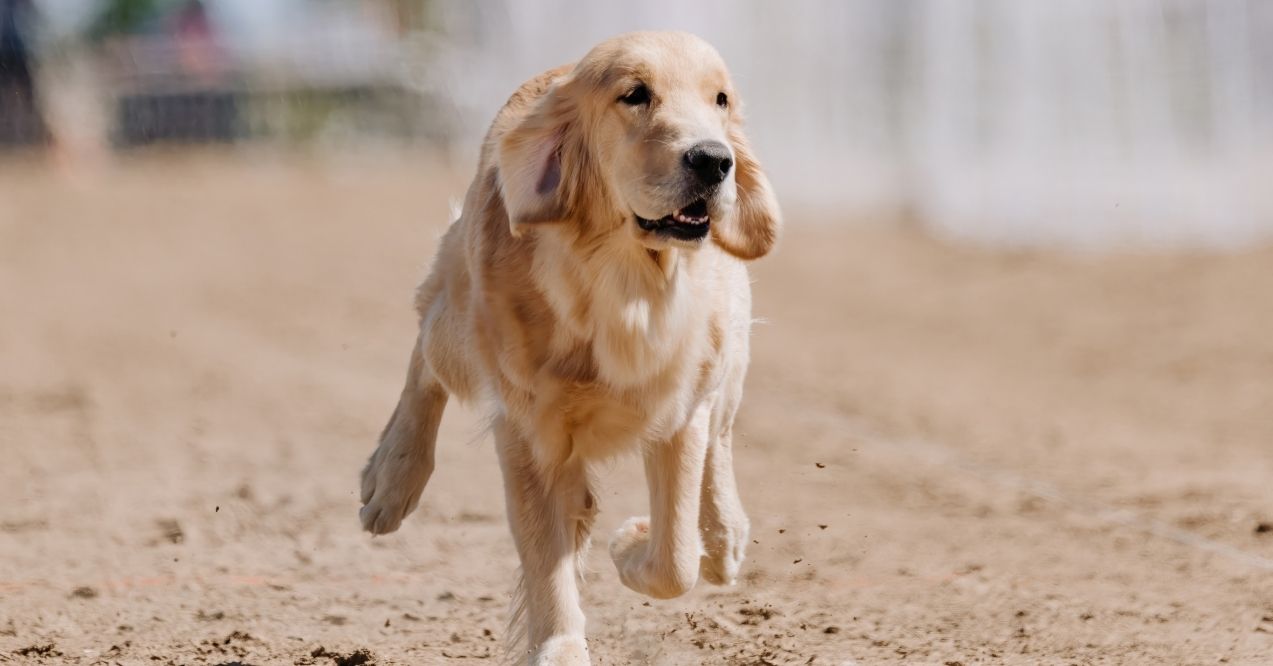
Golden Retrievers were originally developed in Scotland as gun dogs to retrieve shot waterfowl, giving them strong retrieving instincts, exceptional swimming abilities, and a natural desire to work. These breed traits provide perfect
clues for designing exercise that isn’t just physically beneficial but deeply satisfying on an instinctual level.
Fetch & Scent Games
- Taps directly into their genetic retrieving drive
- Use a variety of toys to maintain interest (balls, frisbees, floating toys)
- Add complexity by hiding toys or treats for them to find
- Practice retrieving in different environments for mental stimulation
- Consider scent work games that leverage their powerful noses
Water Play & Swimming
- Golden Retrievers typically have a natural affinity for water
- Swimming provides excellent exercise with minimal joint impact
- Start shallow and gradually introduce deeper water with supervision
- Use retrieving games in water for dual-purpose exercise
- Perfect for hot weather and older dogs with mobility issues
Task-Based Activities
- Light dog backpacks (up to 10% of body weight) make walks more challenging
- “Jobs” like carrying a toy or retrieving the newspaper satisfy work drive
- Structured routines with clear roles provide psychological fulfillment
- Training exercises that mimic working roles (retrieving, carrying, finding)
- Canine sports like rally, nosework, or casual retrieving trials
Lifestyle-Based Routines
Successful Golden Retriever exercise routines align with your lifestyle, creating sustainable habits that work for both of you. Here are three practical approaches:
Busy Professional
- 20-minute brisk morning walk before work
- Interactive puzzle feeder while you’re away
- 15 minutes of training after work
- 30-minute evening game of fetch or tug
- Longer weekend activities to make up for weekday constraints
Active Person
- Morning 30-minute jog together (after 18 months of age)
- Midday training session or puzzle toy
- Evening walk or swim
- Weekend hiking adventures on dog-friendly trails
- Recreational dog sports like casual agility or dock diving
Family with Kids
- Rotating responsibility chart for morning/evening walks
- Supervised backyard play sessions with children
- Family fetch or frisbee games after dinner
- Weekend park visits or swimming trips
- Kid-friendly training games that exercise mind and body
Exercises to Avoid
While Golden Retrievers are athletic dogs, certain activities pose unnecessary risks to their joint health and overall wellbeing. Being mindful of these potential hazards helps prevent injuries and ensures your Golden enjoys a lifetime of comfortable mobility.
Activities to approach with caution:
- Excessive running on concrete, asphalt, or other hard surfaces
- Repetitive jumping activities before growth plates close (typically 18-24 months)
- Steep stair climbing, especially for puppies and seniors
- High-impact sports during developmental stages
- Exercise during peak heat hours (instead, opt for early morning or evening)
- Sustained running alongside bicycles
Watch carefully for signs of overexertion: excessive panting, reluctance to continue, limping, or unusual fatigue. While researching how to treat a limping dog at home might seem helpful, persistent limping always warrants veterinary attention rather than home remedies.
Conclusion
Understanding how much exercise does a golden retriever need is about balancing physical activity, mental stimulation, and appropriate rest. By tailoring exercise to your Golden’s age, paying attention to their individual signals, and respecting their natural instincts, you’ll nurture a happy, healthy companion who thrives throughout every stage of life.
Yes, Golden Retrievers are high-energy working dogs that typically need 60-90 minutes of daily exercise as adults. Their exercise requirements vary by age, with puppies needing less structured activity and seniors requiring gentler but still regular movement.
Walks alone are usually insufficient for Golden Retrievers. While they provide good baseline exercise, most Goldens also need opportunities for running, playing fetch, swimming, or mental stimulation activities to fully satisfy their physical and psychological exercise requirements.
Underexercised Golden Retrievers often display destructive behaviors like chewing furniture, excessive barking, digging, restlessness, weight gain, attention-seeking, hyperactivity indoors, and difficulty settling down. They may also show signs of boredom through pacing or obsessive behaviors.
Adult Golden Retrievers can comfortably walk 3-5 miles daily, ideally split across multiple sessions. Distance should be adjusted based on age, health status, and weather conditions, with puppies and seniors covering substantially shorter distances.
Absolutely. Over-exercising Golden Retriever puppies can damage developing joints and growth plates. Follow the 5-minute-per-month rule (a 4-month puppy gets 20-minute sessions) and avoid high-impact activities like jumping, long runs, or stairs until they’re fully grown.
Advertisement. This site offers health, wellness, fitness and nutritional information and is designed for educational purposes only. You should not rely on this information as a substitute for, nor does it replace, professional medical advice, diagnosis, or treatment. If you have any concerns or questions about your health, you should always consult with a physician or other health-care professional. Do not disregard, avoid or delay obtaining medical or health related advice from your health-care professional because of something you may have read on this site. The use of any information provided on this site is solely at your own risk.
